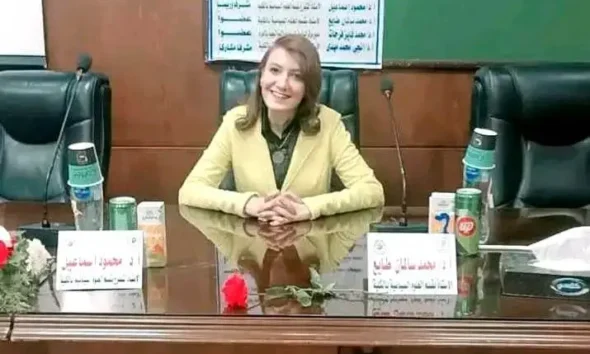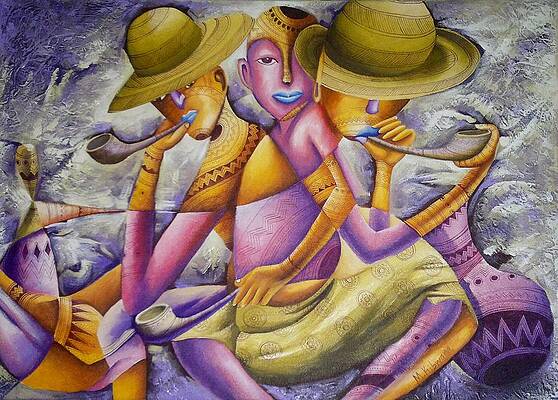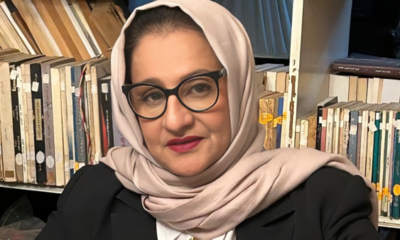Home » Interviews » Masoud Kibwana to Arabisk London: Saudi Arabia’s Arts are Booming, and my Wish is to Fortify Artistic Connections Between Riyadh and Dar es Salaam
Interviews
Masoud Kibwana to Arabisk London: Saudi Arabia’s Arts are Booming, and my Wish is to Fortify Artistic Connections Between Riyadh and Dar es Salaam
Published
10 months agoon
By
Huda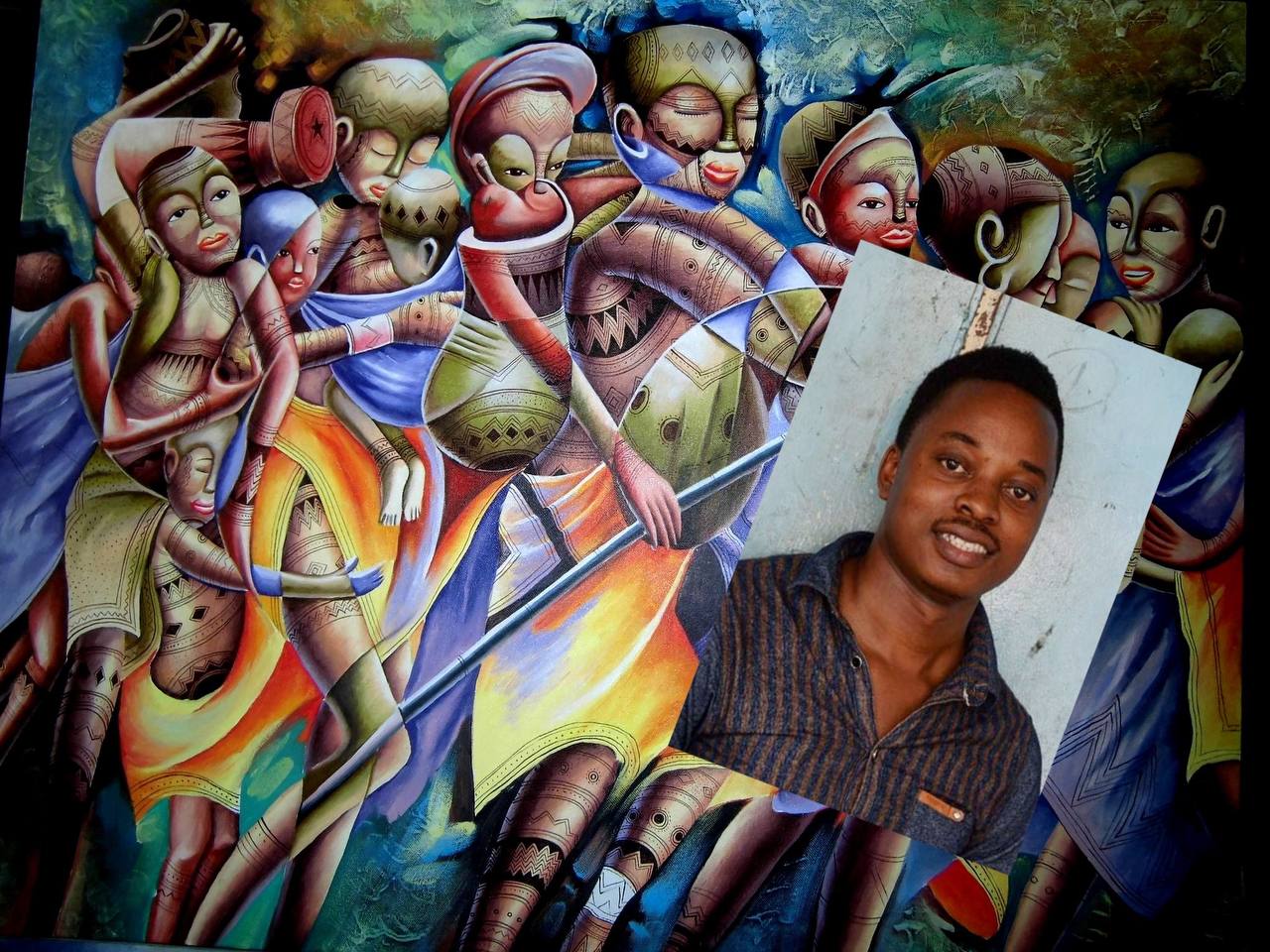
Tanzanian artist Masoud Kibwana is a creative figure. He depicted his home environment in paintings and drawings by using vibrant colours and delicate lines. His plastic appearance has a cubist aesthetic and a metaphorical meaning. Traditionalism and social concern are prevalent themes in his selection of subjects.
Interviewed by: Mohsen Hassan
He actively promotes the advancement of Tanzanian and African artists by establishing art associations and sharing his expertise with those who lack basic drawing and painting techniques.
The artist blends contemporary and modern painting techniques with African cultural themes, creating drawings that balance modernity with historicity while maintaining a consistent space and framework of accurate details and artistic reality.
His paintings showcase diversity, richness, and beauty through an artificial and abstract background. He employs composition techniques like the Kiraka method, which uses leftover parts, accessories, and fabric to correct colours in his designs.
Masoud Kibwana, a Tanzanian visual artist, was born in Mtwara in 1988. He moved to Dar es Salaam at fifteen, where he pursued sports and soldiering before being educated in a technical and vocational training centre. His friends significantly influenced him in recognizing his ability to succeed in the fine art world using brush and colours.
Through his artistic teacher, Max Kamundi, and persistent perseverance, he formed a Tanzanian artistic group and now focuses on educating people about Tanzanian fine art and the impact of poverty and unemployment on African society, particularly the art community.
Kibwana believes art can enhance intellect, thought, and perception, leading to better reality and achieving dreams. He discussed the struggles faced by African artists, his goal of merging with Saudi plastic arts, and his artistic and cultural interactions with popular and global innovation in an interview with Arabisk London.
Let’s start with the realities of fine art and its challenges in Africa
Although fine art is in a dynamic state, it also faces many challenges, particularly in light of the fact that the term “fine art” refers to any visual art form, including painting, sculpture, photography, film, and other visual arts, worldwide.
The continent boasts a wealth of artistic energies, infrastructure, and resources, as well as a wide diversity of talent. However, we discover that these things are frequently hampered and left behind by the difficulty of artists accessing funding, exhibition places, and materials.
I emphasise that there is a creative and adaptable attitude, though. Its ambition drives African artists to surmount these challenges and advance towards showcasing significant plastic and artistic creations that are representative of our varied cultures and realities.
How do you, Masoud Kibwana as a Tanzanian artist, address these issues and support the fine arts and its producers?
To improve and expand the enthusiasm of artists and audiences towards visual creativity, I promote and support visual art training activities and create artistic alliances and groups. As an illustration, we were successful in 2017 in establishing a collective of Tanzanian artists known as “The 14 PLUS,” who have had considerable success domestically as well as internationally in powerfully representing Tanzanian art and culture.
In an effort to spread knowledge about and boost interest in Tanzanian art, this association also organises exhibitions both domestically and abroad. Additionally, I am happy to personally oversee a mentorship programme that I operate for aspiring artists, particularly gifted female artists. I assisted three artists who are currently some of the greatest in the nation.
Do you find it difficult to organise art exhibitions in major cities throughout the world, including London, as a rising visual artist?
Naturally, we have a strong desire to participate in a variety of artistic exhibitions and events across the world’s capitals as visual artists who strive for cross-cultural exchange and artistic dissemination.
Indeed, any planning pertaining to artistic performances in European capitals like London presents logistical and bureaucratic challenges, the most significant of which are frequently those involving the acquisition of venues, modes of transportation, and even the processes involved in obtaining travel visas.
Such issues necessitate meticulous planning, which may be beyond our means administratively and financially. However, we resist giving in to our limitations. Instead, we collaborate artistically with a few local and regional galleries who value our creative abilities.
For instance, the Sena Art Gallery in Nairobi, the capital of Kenya, and I are currently collaborators in art. It should be mentioned that Tanzanian cultural organisations, which provide exhibition spaces for artists, help us confront these issues by making sure that our work is seen by people throughout the world and filling up any gaps.
What changes have you, Masoud Kibwana, seen in your drawings, colours, and material and visual choices throughout the years, since your artistic beginnings?
My drawings have improved greatly as a result of taking part in several visual arts training sessions, visiting galleries to view the creations of other artists, and growing more pronounced in the colour scheme, as well as more unique in theme and style.
For example, my 2021 painting “Despair” gained a lot of popularity due to its realistic, artistic, and symbolic message about the numerous young people who turn to drugs and alcohol because they are depressed about their lot in life as a result of unemployment that is pervasive and lack of work.
This is a clear sign that I’m becoming more confident every day in my ability to select novel approaches and thought-provoking subjects for my paintings and other artwork that appeal to visionaries in the arts.
Given Saudi Arabia’s outstanding creative openness to other cultures, has Masoud Kibwana considered organising an exhibition there?
This is a fairly timely question, and it’s quite interesting. Given the extraordinary wealth that the Kingdom currently appears to have in the artistic and plastic arts sector, I am particularly looking forward to having an artistic presence through a private exhibition in the Kingdom of Saudi Arabia.
I think there is a great chance to spread African stories and encourage cross-cultural communication because of the Kingdom’s tolerance of many cultures. In a recent conversation at the Sina Art Fair, I focused on this topic and mentioned how happy I was to investigate the possibility of working together and fortifying artistic ties in Saudi Arabia’s vibrant, rich environment. This aligns with my personal belief that art can serve as a bridge for the convergence of communities and peoples.
In what ways do your paintings combine elements of the modern world with the preservation of African artistic traditions?
This is accomplished in two ways: first, by having a strong belief in the worth of African traditions and practices, and second, by concentrating on discovering the patterns and ranges of these customs.
The third stage then begins, combining modern components with artistic skill to establish a creative connection through plastic and artistic work between Africa’s cultural legacy and the data of current art.
For instance, the tattoos that adorn the bodies of people and objects in my works are frequently inspired by the traditions and cultures of my tribe in southern Tanzania.
In the twentieth century, it was typical for Makwa tribal members, particularly women, to consider their tattoos to be symbols of beauty and elegance, which I included in my paintings using traditional vision and vision techniques.
With your paintings and sketches, what message does Masoud Kibwana want to share about the African experience and identity?
Through my art, I hope to convey the richness, diversity, complexity, and interdependence of the African experience. My artwork and drawings frequently convey themes of identity, societal dynamics, and resilience because they represent the common struggles, triumphs, and journeys of African destiny experienced by the continent’s peoples.
To put it briefly, my primary objective is to dispel stereotypes about Tanzania and Africa and to present the perspectives of marginalised members of my community and continent in a compelling artistic setting.
How, though, do you confront Africa’s political and socioeconomic challenges in an artistic setting?
I approach these social and political issues via my artistic vision, and I see these situations as a source of emotional inspiration.
As a result, I strive to use my creativity in art to contribute to shifting attitudes and thinking about the difficulties that our African civilizations face.
I’ve already finished several new pieces and titles that relate to this, like the paintings: Parade Life and Journey to the Unknown, among many others, in which I attempted to question the various political conflicts that arose in my society at different points in time within an imaginative and creative framework.
In your view, Masoud Kibwana, how important are look and colour, and how do they help to communicate the unique message of your work?
Style and colour in my art produce emotion and significance in my work. My present approach, known as Kiraka in my Swahili dialect, which means “rag or patch,” involves using pieces of solid fabric that I attach onto plain canvas to form a shape or subject before painting.
I frequently use this method as a metaphor for the limitations and tweaks we occasionally apply while creating customised systems to address issues.
Generally speaking, these colour and stylistic choices point to historical or cultural connotations that I hope to arouse within the conceptual and thematic framework of my paintings.
Lastly, how do you perceive yourself fitting into the larger global art landscape as a modern African artist? How do you add to the larger conversation about culture and the arts?
I see myself playing a variety of roles in the international art scene as a modern African artist. I consider myself to be a visual storyteller who connects people beyond boundaries.
Through participating in discussions about art and culture, I hope that my work eliminates misconceptions and advances a global awareness of different cultures. This understanding will hopefully grow via ongoing collaboration with positive, like-minded organisations and exhibitions.
Additionally, through instruction and extending an invitation to socialise and engage. In general, I work to uphold diversity and inclusiveness and to add the vibrant hues of the African creative spectrum to the global fabric of art.
You may read about Roberto Pazzi, an Italian Photographer, to Arabisk London: My Flashes Represent Diversity and Beauty, and My Heroes Are Fascinated with Rituals of Amazement and Prosperity
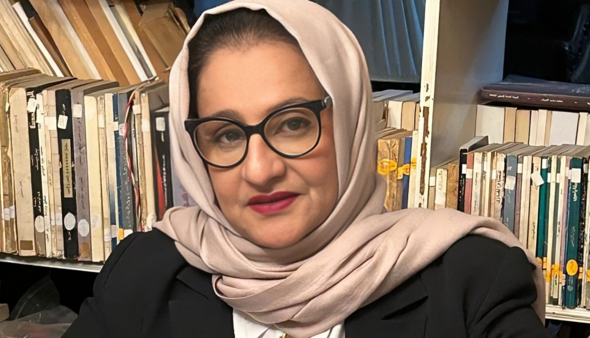
Malha Abdullah, Dean of the Saudi Theatre: The Crown Prince is the Vision’s Creator and Innovator, and there are Opportunities to See a Theatre Beneath Every Rock
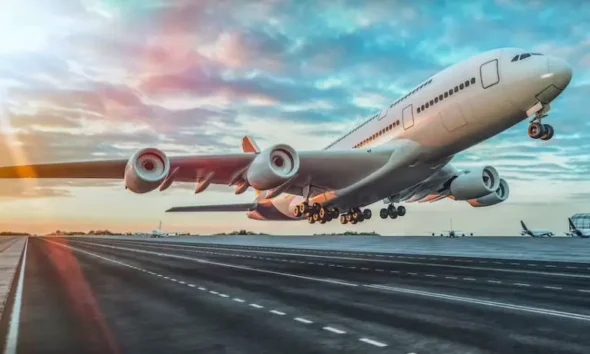
Malham Airport Joins KSA’s General Aviation Services Realising Vision 2030
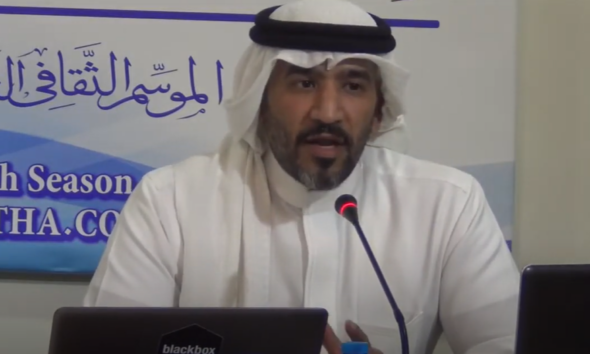
Ahmed Al-Badr the Saudi Businessman
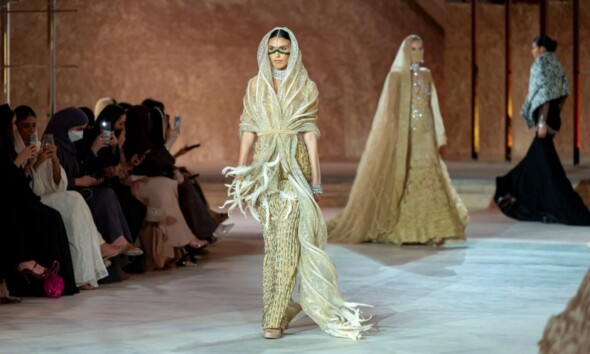
Saudi Designers Ladies’ Role in the Fashion Revival & Vision 2030
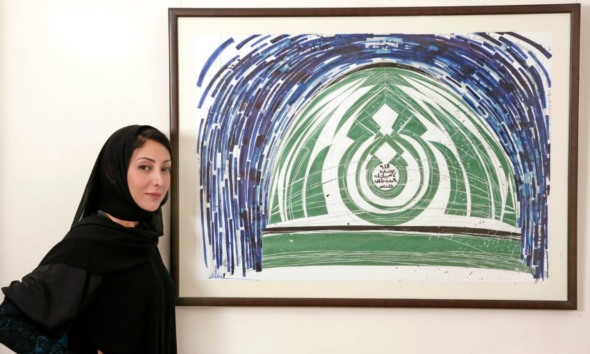
Lina Gazzaz: A Saudi Artist Who Painted History in Modern Colours!
